Chinese art offers 'window'
Updated: 2016-09-27 02:22
By China Daily in Washington(China Daily USA)
|
||||||||
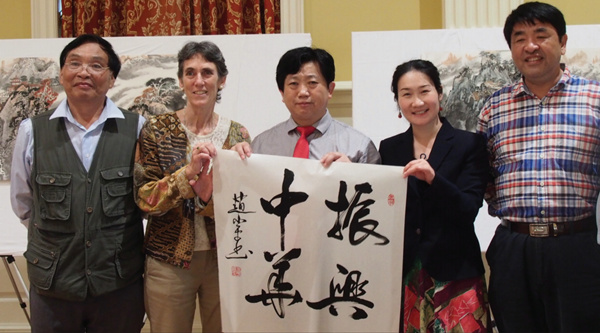 |
|
Zhao Xiaoping (middle), a calligrapher and the executive vice-president of the Jinling Calligraphy Academy, shows the calligraphic work Revitalizing the Chinese Nation he produced at the Chinese calligraphy and paintings exhibition themed Ink China held to celebrate the 3rd Confucius Institute Day. From left, Xu Lesheng, a painter with the Jinling Calligraphy Academy; Rebecca McGinnis, coordinator of the Confucius Institute at Maryland; Zhao Xiaoping; Sun Yuan, manager of Jiangsu Guangconglin Cultural Development Co. Ltd; He Mingyao, a painter with the Jinling Calligraphy Academy. Photo by Yuan Yuan / For China Daily |
Crowds of red, orange and pink peonies blazed under the bright chandeliers of the grand ballroom in the student union at the University of Maryland.
Sarah Zuech, a China studies major at the university, stepped up to get a closer look at the flowers painted on rice paper.
"It's really a treat," said Zuech against the calming background sound effects of a guzheng (Chinese zither) and running water.
"Even if I knew there would be an exhibition here, I wasn't expecting such a large scale," she said.
Flowers are just one of many themes of the traditional Chinese ink and brush artworks on display to celebrate Confucius Institute Day. Paintings featuring mountains, waterfalls, woods and buildings as well as calligraphy were also part of the show.
"The Confucius Institute at Maryland, or CIM, was the first of its kind to be established in the United States," said Cui Jianxin, deputy director of the institute. "Its purpose is to promote the understanding of China today through the study of Chinese language, culture, ethics, and philosophy."
This year's celebration includes a two-day Chinese calligraphy and painting exhibition themed Ink China starting Wednesday and a special screening of the film Song of the Phoenix Thursday morning.
Ink China brought over 100 artworks of four artists, three painters and a calligrapher, from the Nanjingbased Jinling Calligraphy Academy.
"With the diversity of visual artworks displayed this year, we hope to provide the university as well as the communities of the greater Washington area a chance to learn the basics of Chinese traditional art," Cui said.
"Even if they can't fully understand the meaning, they usually agree on its aesthetic value — they think it's beautiful," Cui said. "That might be enough of a start to make them interested in communicating with Chinese people and learning our language."
"Chinese calligraphy is so unique that you can't possibly find the art form with any other languages in the world," said Zhao Xiaoping, executive vice-president of Jinling Calligraphy Academy, whose works are part of Ink China.
To demonstrate, Zhao took out a brush and dipped it in a cup of diluted ink and, with a flourish, wrote "revitalizing the Chinese nation" on a piece of rice paper.
Doctoral student Lin Shaoli and her Russian friends were watching.
"Although I myself can't paint, I always love to visit art exhibitions," Lin said. "My Russian friends are also interested in exploring the beauty of Chinese culture."
Cui explained: "Chinese paintings are distinctively different from Western ones, and that's part of the reason why people are sometimes curious about our techniques and themes. Chinese paintings open a window for them to look at Chinese society and see how it has changed over time."
After Zhao's calligraphy, He Mingyao, a Chinese painter for more than 40 years who studied under Zhou Ruli, a student of painting master Xu Beihong, began to draw an ink orchid for the audience.
This was first time He's landscapes had been exhibited outside of China, and he was hoping for a favorable reception from American audiences.
"The artistic conception and the charming style of Chinese paintings are fairly enjoyable," said Sun Yuan, manager of the Jiangsu Guangconglin Cultural Development Company, one of the sponsors of the show. "We want to share our long-standing traditions and rich content with the US and hopefully learn from them as well. That's the meaning of a cultural exchange."
"For Thursday's opening ceremony and film screening, we have more than 400 registered participants, most of whom are American students," Cui said. "Some teachers from nearby middle schools and high schools will bring their students here for a field trip."
The Confucius Institute is not only a showcase of Chinese culture to the world but also a platform for cultural exchanges to create and strengthen the mutual understanding and friendship between the two countries, according to Cui.
"We sometimes try to gather feedback from the participants to improve ourselves," Cui said, "for instance, from teachers who ask their students to write reports about our events."
Yuan Yuan in Washington contributed to the story.

 Clinton, Trump go head to head in high stakes presidential debate
Clinton, Trump go head to head in high stakes presidential debate
 Miniature replica of Daming Palace shows craftsmanship
Miniature replica of Daming Palace shows craftsmanship
 Elderly man creates map of China with colorful rice
Elderly man creates map of China with colorful rice
 Students 'die' to get closer to each other in Hangzhou
Students 'die' to get closer to each other in Hangzhou
 Classic autos debut at Beijing Design Week
Classic autos debut at Beijing Design Week
 World in photos: Sept 19 - 25
World in photos: Sept 19 - 25
 Milan Fashion Week: Dolce & Gabbana Spring/Summer 2017
Milan Fashion Week: Dolce & Gabbana Spring/Summer 2017
 Hangzhou opens G20 summit arena to general public
Hangzhou opens G20 summit arena to general public
Most Viewed
Editor's Picks
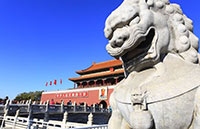
|
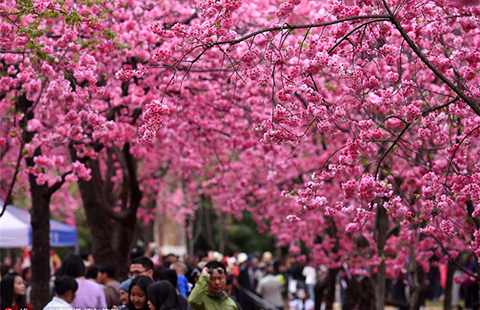
|
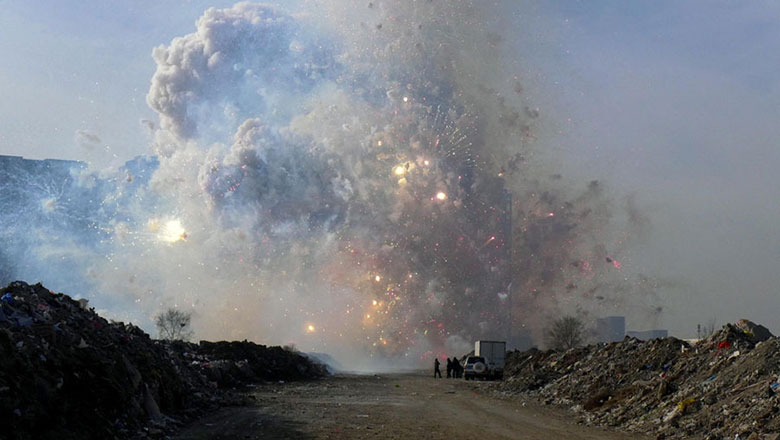
|

|

|
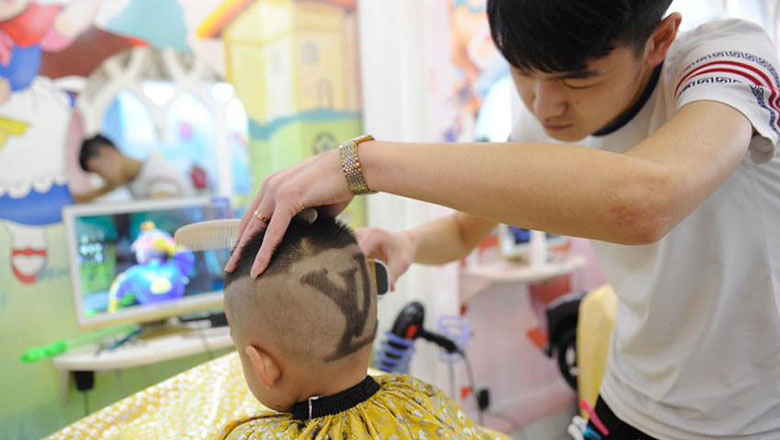
|
Today's Top News
Trump outlines anti-terror plan, proposing extreme vetting for immigrants
Phelps puts spotlight on cupping
US launches airstrikes against IS targets in Libya's Sirte
Ministry slams US-Korean THAAD deployment
Two police officers shot at protest in Dallas
Abe's blame game reveals his policies failing to get results
Ending wildlife trafficking must be policy priority in Asia
Effects of supply-side reform take time to be seen
US Weekly

|

|









